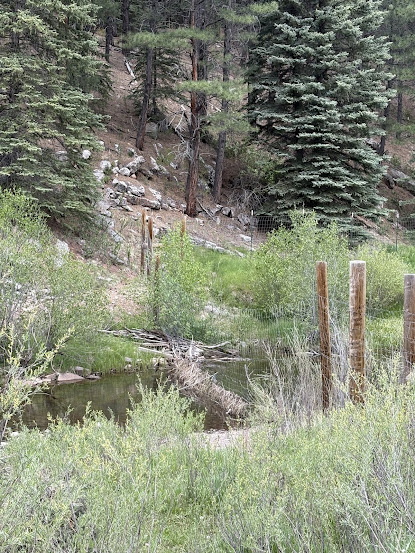It's A Dam Shame
In the last three years, the number of stone and log dams I see on my home waters has become significant. I don't know who is responsible for these low water dams, but there will be negative consequences for both the health of those freestone streams and the trout populations in them.
Through some research, I found it's not known specifically how many low water dams a freestone river can "accept" without negative impact. What is known? Dams absolutely have significant ecological consequences on our river systems.
A freestone river relies primarily on surface water runoff and snowmelt for its flow, leading to natural seasonal fluctuations in water levels and temperatures. These natural variations are essential for the health of the river ecosystem and its inhabitants.
Dams, even low water ones, disrupt these natural processes:
- Alter flow regimes: Dams can change the timing and intensity of flows, impacting fish spawning cycles and riparian habitats.
- Block sediment transport: Sediment, crucial for maintaining riverbed morphology and habitat, is trapped behind dams, leading to downstream erosion and habitat degradation.
- Fragment habitat: Dams isolate populations of aquatic species, hindering movement and potentially leading to localized extinctions.
- Alter water quality: Dams can change water temperature, dissolved oxygen levels, and nutrient concentrations, harming native species.
Even a single low water dam can have negative impacts on a freestone river. The severity of these impacts depends on factors like the dam's size, design, and operation, as well as the specific characteristics of the river ecosystem.
The general principle is that dams are detrimental to the natural function of rivers. Decisions about dam construction should consider the full range of impacts on the river ecosystem.





Comments
Post a Comment